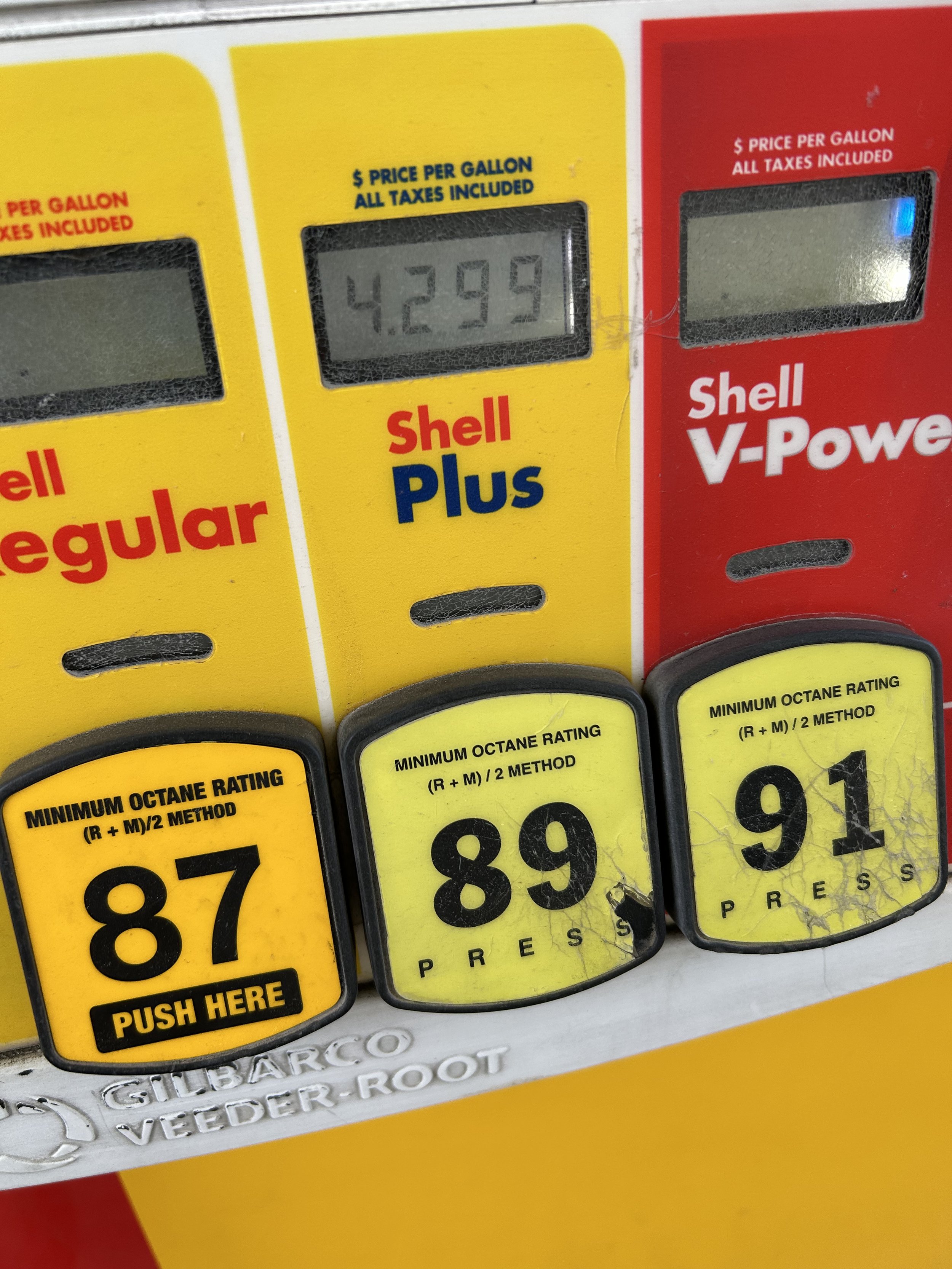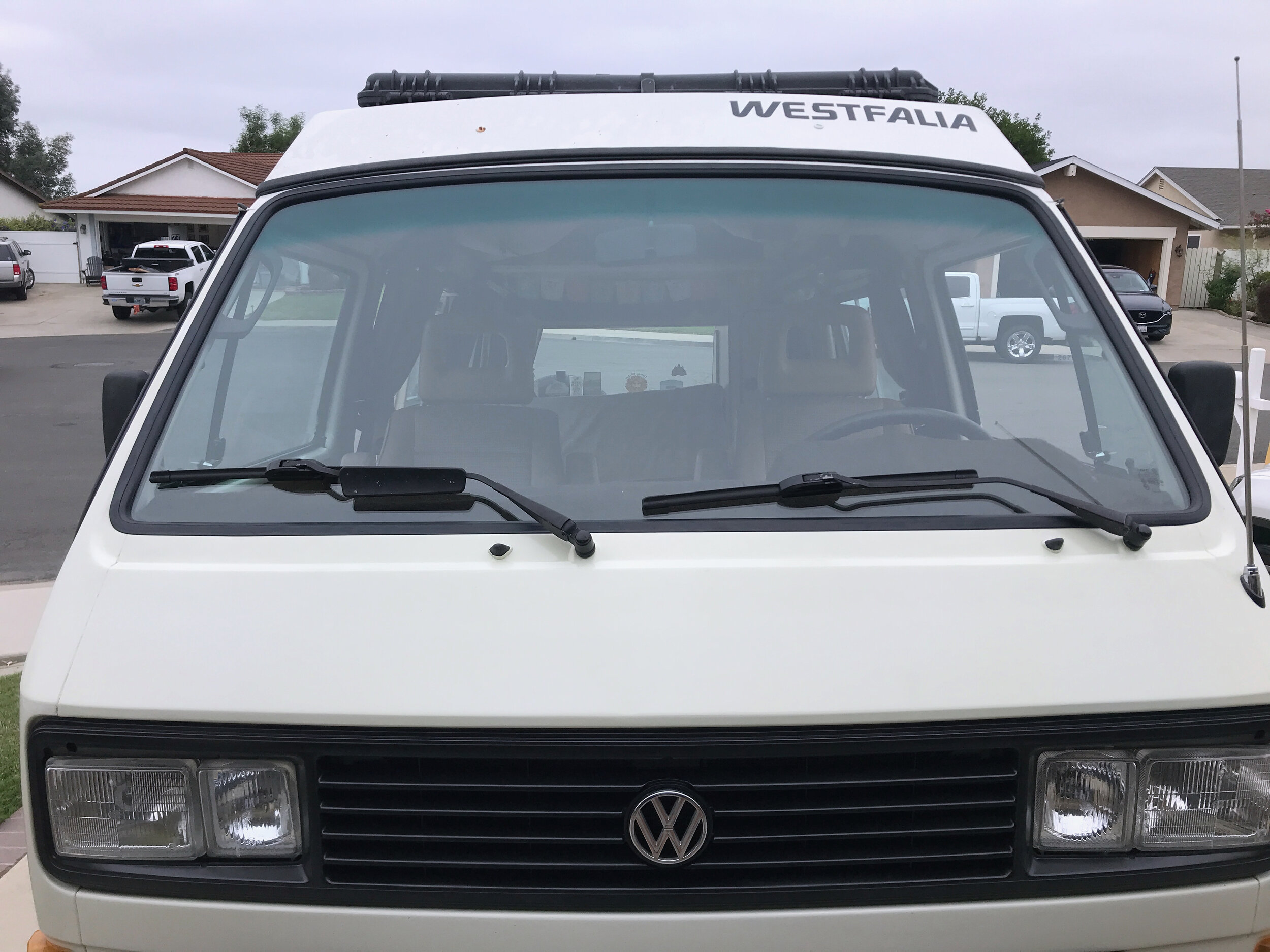Vanagon Transmissions
If you follow social media groups, or online forums like The Samba, then you have probably read the Pros and Cons of transmission types. Maybe you are on the fence about it, too. Maybe you can’t decide what transmission type you need.
I’ve driven both and currently own an automatic. I know that one side of the Vanagon community seems to lean toward owning a manual transmission. They say fuel mileage is better in a manual. It’s more fun to shift and you can push start it if the battery fails. The other side says they enjoy the smoothness of an automatic Vanagon in heavy bumper-to-bumper traffic. And they always cite durability as the reason for owning one.
With automatics come a few problems: A) After many years and miles the seals can begin to leak. The leak causes trans fluid to drip and the only way to fix the leak is to split the case (or have it done), and replace the three seals inside. It is not cheap, and since you have to remove the entire transmission to split the case costs begin to add up.
I got estimates for new auto trans seals at $1,800. But since you have the trans out it is better to simply have the mechanic go through the entire trans and see what else needs rebuilding. Costs do go up from there depending on what they find.
Then there was a leaking governor on the trans. It proved to be an easy fix and that didn’t require the trans to be dropped. I’m sure others have experienced different problems, but I have not. The auto-trans has been a real workhorse, up until it hit the magic 200,000 mile mark.
The manual trans in the Type 2 T3, in particular, offers the driver the ability to keep the rpm of the engine at the optimum peak of performance before shifting. Essentially that’s what an automatic does automatically, but not as precise. You have more control of an engine’s power curve with a manual in your hand.
The manual also benefits from having four different gears to shift through (or five), whereas the automatic is limited to 3 gears, and you must shift it at a certain rpm.
Manual Vanagons cruise at freeway speeds of 65 to 70 mph and see an rpm of 4000 or below. There may be exceptions, but that’s on average.
While automatics at that same mph can see their rpm zoom to 4400. (The higher the rpm the hotter the engine and transmission runs, and the more fuel that is used.) Automatics with 3-speeds should have transmission coolers installed for this reason. What kind of cooler? I have a unit with fins but not electric fans, and it offers some relief I believe. Since I don’t know the exact transmission temp climbing a long hill for example I can only relay what Small Car’s team said. “If it starts leaking fluid from the weep holes then it’s probably registering 200 degrees or hotter.” Their new coolers with fans kick on at 180 degrees, ensuring you don’t burn out the internals. But in all the years I’ve owned a 3-speed with a simple finned cooler the transmission never leaked from the weeping holes. I climbed under it many times with a flashlight to ensure that wasn’t happening.
Rpm is governed by its transaxle setup and the size of your tires. In stock config, the only way automatics can also cruise at 4000 rpm@70 mph is by changing the gear ratio in the final drive (Freeway Flier setups come to mind).
The manual trans is not perfect. And they have their own set of problems. I won’t get into that in this post. I do know they have an enormously long shift linkage and there are other known problems. This post is about driveability mostly.
The reason I purchased an auto Vanagon was simply to allow another person in the family to easily drive the vehicle. And, I was frankly tired of shifting. I can drink my coffee while I drive! I have owned nothing but manual transmissions nearly my entire life, and living in the city meant constant stop-and-go traffic. I hated to shift that 5,000 lb loaf of bread. But some part of me still misses the shifting.
The auto made more sense for a city slicker though.
I still get 18 to 20 mpg if I drive wisely. The manual might do slightly better. With the Type 2 T3, the auto trans is an absolute workhorse. I read a thread on The Samba from an enthusiast who has 300,000 on his auto transmission. I got 200,000 out of mine before a rebuild was needed.
The auto-trans is not bulletproof.
The auto may not be “as exhilarating to drive” as a manual some say, but it will (in my opinion) be better matched for a family that has never driven a manual and has no plans to learn.
In all the miles I have driven my auto Westy I have never (knock on wood) been stuck in any terrain because of the transmission type. The first gear is incredibly low range. On downgrades, I typically keep it in 2nd gear and use the natural forces of the engine to do the braking if I keep my foot off the pedal, which works okay. With manuals, you actually can do this much better by downshifting. Climbing mountain passes has never been an issue with my automatic, although I’ve had to put it 2nd gear plenty of times on the big 9,000-foot passes in Utah. I think I was doing 40 miles per hour to the summit. But the strategy eventually got us there.
Buying a Westy with either transmission type is going to bring you years of pleasure. Buy what works for you. Auto transmissions are more expensive to rebuild or replace than manuals. But from what I’ve read there’s no way a manual gets as many years of dependable service as an automatic.
Lastly, if you buy an automatic (or manual) and end up not liking it, it is possible to convert an auto to a manual and vice-versa. As long as there are parts available the job is supposedly very straightforward for a decent mechanic. There are several how-to threads on The Samba about the swap.
Good luck with your decision!
If you want to explore the automatic trans in detail I recommend this video.































